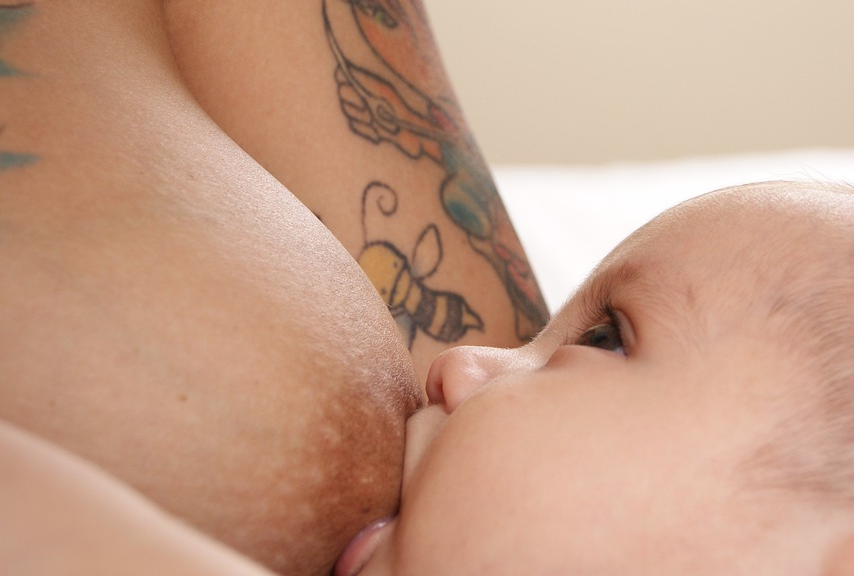
Breastfeeding as birth control (LAM)
Can breastfeeding be used as a method of contraception?
What is breastfeeding as birth control, also called the LAM method? LAM stands for Lactational Amenorrhea Method.
LAM is a contraceptive method that relies on the natural infertility that occurs when breastfeeding. This happens because the baby’s suckling manages to suppress the production of the hormones required to ovulate. Therefore, a breastfeeding mother can experience several months without ovulating (this is called amenorrhea).
How does this work?
To use LAM safely and effectively as a birth control method, the following conditions must be met:
1. The mother does not have periods
During the first 3 to 6 months after childbirth, a woman who exclusively breastfeeds completely or almost completely on demand is unlikely to ovulate.
Here, it is important to clarify that any bleeding during the first two months following the birth (56 days postpartum) is not considered menstrual bleeding; this bleeding is called lochia. The period is considered to have returned when there is any blood loss for two consecutive days after the first 56 days after giving birth. The return of your period is an important sign that you are now fertile again.
2. The baby breastfeeds on demand with unrestricted access to breastfeeding during the day and night
For breastfeeding to work as birth control, babies need to breastfeed completely or almost completely on demand day and night. For the first six months, the baby should also not receive any other liquids or solid food. So whenever babies show signs of wanting to feed, such as sucking on their hands, opening and closing their mouths, or moving their heads, whether it is daytime or during the night, the mother breastfeeds her baby. This is called “breastfeeding on demand“. Exclusive breastfeeding requires frequent feeds throughout the day and night, approximately 8 to 12 times in a 24-hour period, nursing at least once during the night, and no more than four to six hours apart.
3. The baby is under 6 months old
The baby needs to be under 6 months old because when you start to introduce solids and complementary feeding begins, babies breastfeed a little less, and this can trigger the mother’s ovulation again.
As soon as any of these three conditions change, another method of contraception is required, if you want to avoid an unwanted pregnancy.
Is it safe?
The success rate of the LAM method of contraception is between 98-99% during the first 6 months after birth in women who practice exclusive breastfeeding. This is more effective than the use of condoms or the contraceptive pill because, although condoms are 100% effective, if not used correctly, the success rate is reduced to between 40-60%.
Other methods of contraception
If the LAM method does not feel safe for you, you can start taking single hormone birth control pills at 6 weeks postpartum. However, birth control pills with combined hormones should be avoided until 6 months postpartum because they decrease milk supply if you start to take them before that time. Once you have reached 6 months, you can take the combined pill without compromising your milk supply.
Barrier methods such as condoms and the female condom can be used safely at any time.
The vaginal ring can also be used from 6 weeks postpartum onwards.
You can find more information on birth control in breastfeeding women in this article.
Do I need to know something else?
There is two things you should know:
- The LAM method does not protect against sexually transmitted diseases (STDs), so if you are exposed to any risk, remember to protect yourself.
- If you happen to have unprotected sex and want to avoid an unwanted pregnancy, you can resort to emergency contraception. The morning-after pill is safe during breastfeeding and does not affect your milk supply.